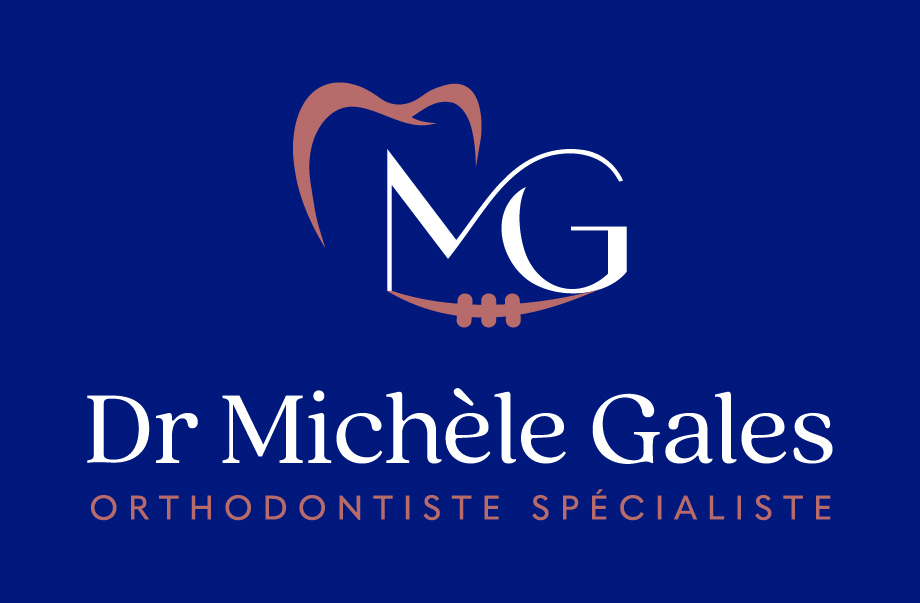Frequently Asked Questions
What food should I avoid during my orthodontic treatment?
During orthodontic treatment, you should avoid hard and sticky foods (such as nuts, crispy bread, chewing gum, and sweets). Hard foods can cause brackets to come loose or lead to appliance deformation, which could compromise your treatment progress. For hard fruits and vegetables like apples and carrots, cut them into small pieces and chew carefully to prevent damage.
Does orthodontic treatment hurt?
At the beginning of the treatment and after monthly adjustments, you may experience general discomfort in your mouth, and your teeth may be sensitive to pressure for a few days. The intensity and duration of this discomfort vary from patient to patient. To relieve the pain, you can take paracetamol. Additionally, your cheeks, lips, and tongue may become irritated at first. In such cases, orthodontic wax can help by covering sharp edges.
In case of an emergency or significant discomfort, contact Dr. Gales immediately.
My teeth feel loose since I started my orthodontic treatment. Should I be concerned?
There is no need to worry – this is completely normal and will persist throughout your treatment. Teeth need to be slightly mobile in order to shift into their correct positions. By the end of the treatment, the bone around your teeth will solidify again, securing them in their final position.
A bracket has come off. What should I do?
If a bracket comes loose, don’t panic – this can happen. If it causes irritation, apply orthodontic wax to protect the area. Contact Dr. Gales to schedule an appointment for repair. If a part of your appliance has fallen off, keep it and bring it with you to your next visit.
How should I take care of my braces?
Maintaining excellent oral hygiene is essential during orthodontic. Poor oral hygiene can lead to gum inflammation (swelling, bleeding, and pain) and enamel decalcification (“white spots” on the teeth).
Here are some important oral hygiene tips:
- Brush your teeth and braces after every meal
- You can use an manual or electric toothbrush
- Pay special attention to brushing along the gumline to prevent gum inflammation
- Use interdental brushes to remove food particles trapped between brackets
- Use dental floss to clean between teeth
You should continue regular dental check-ups with your general dentist throughout your orthodontic treatment.
What is the purpose of elastics?
Elastics help correct the bite by aligning the upper and lower teeth properly. This phase of treatment requires active patient cooperation.
It is crucial to wear elastics exactly as prescribed (both in terms if duration and positioning) to achieve the planned results and avoid prolonging treatment.
If elastics must be worn 24/7, they should only be removed during meals and while brushing your teeth. Additionally, they should be changed two to three times per day to maintain their effectiveness.
In case of an emergency :
In case of an emergency, please send an email to contact@drgales-orthodontie.lu
Dr. Gales will respond as soon as possible.
For emergencies during weekends or public holidays, an on-call service is organized by the “Association des Médecins et Médecins-dentistes”. Please call 112.

